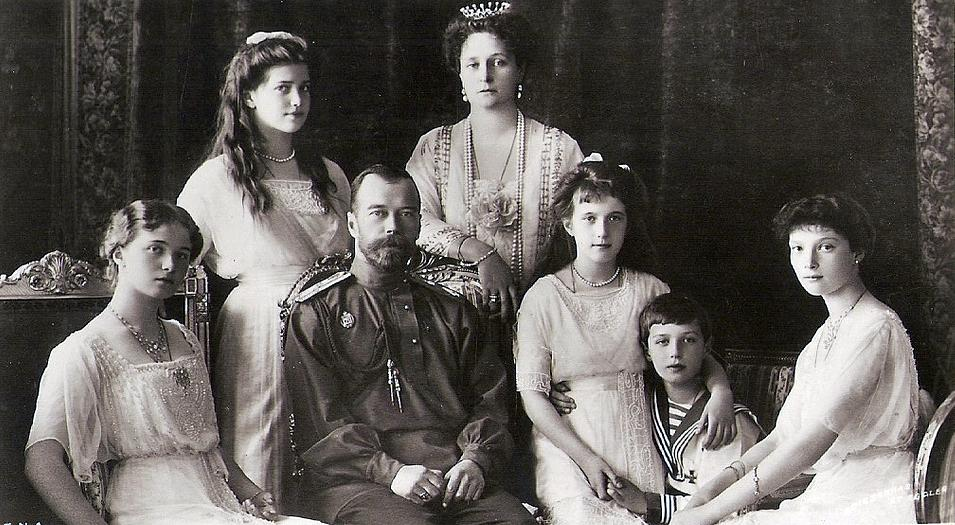17 July marks the day almost a century ago when the Russian Tsar Nicholas II and his family were executed by the Bolsheviks in the city of Yekaterinburg. That day in 1918 was to change the course of Russian history and the story surrounding the death of the Imperial family and subsequent events has fascinated travellers and Russophiles ever since.

Stepping up in 1896 to head the Romanov dynasty which had ruled Russia for three centuries, Tsar Nicholas II tried to preserve a way of life that many Russians no longer wished for. Entangling Russia in two wars, the Russo-Japanese War which led to the 1905 Revolution and later the resource-sapping World War One, food was scarce and defeats unpopular.
Discontent grew amongst the populace and in March 1917, revolution broke out once more, forcing Nicholas to abdicate. The Bolshevik leader Lenin seized power, but his support wasn’t absolute. Civil war ensued and anti-Bolshevik forces advanced on Yekaterinburg, where Nicholas and his family were being held in captivity. Fearing a rescue attempt, the Bolsheviks passed a death sentence on the Imperial family. The family were lined up for a photograph which, they were told, was to disprove rumours circling that they had escaped. Instead, they were gunned down during the night and buried in secret in a nearby forest.
The remains of the Tsar, his wife Alexandra and three of their five children were found in 1991. Exhumed for reburial, they were positively identified using DNA fingerprinting. Their final resting place is at the Peter and Paul Cathedral in St Petersburg, where they are interred in the crypt which has been used for Russia’s emperors since the reign of Peter the Great. The then president, Boris Yeltsin, described the murder of the Imperial family as one of the most shameful in Russian history and urged Russians to atone for the sins of their ancestors.
But mystery still hung over what happened to the two missing children. Theories persisted that the youngest Romanov daughter, Anastasia, had survived and over the years, several women came out of the woodwork claiming to be her. The most convincing was Anna Anderson, a Polish doppelganger who so closely resembled the princess that even close relatives of the Royal Family were fooled.

Finally, in 2008, the case was closed with the discovery of the charred remains of Crown Prince Alexei and one of the Romanov daughters near Yekaterinburg. Ninety years on, this sad chapter in Russia’s history could be drawn to its conclusion.
